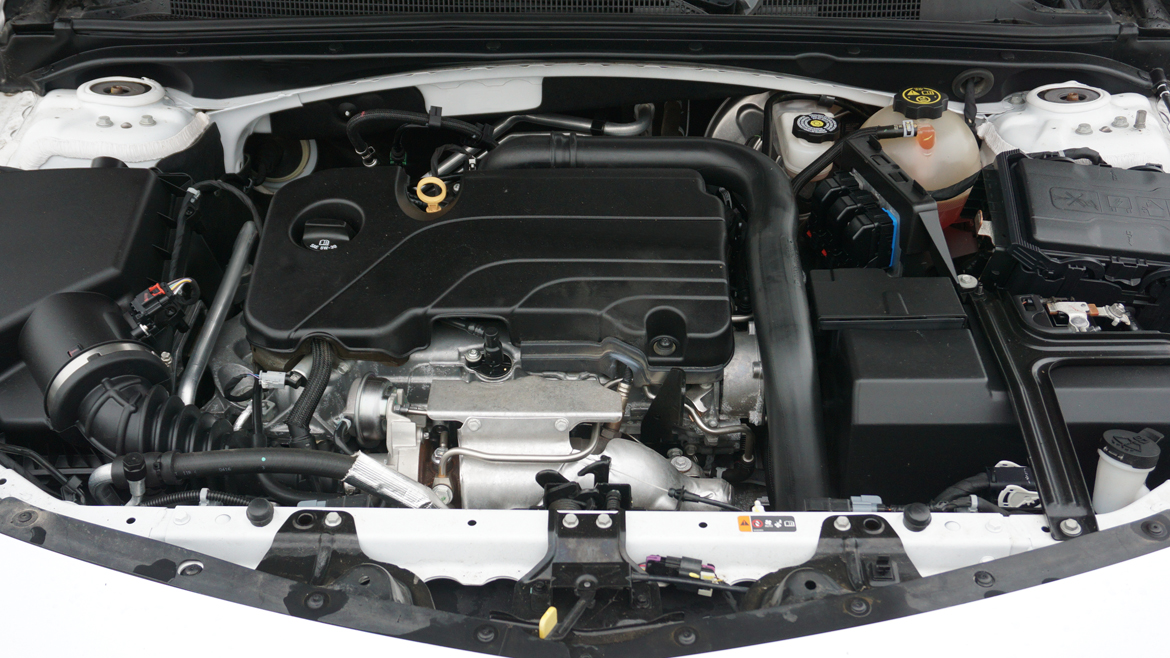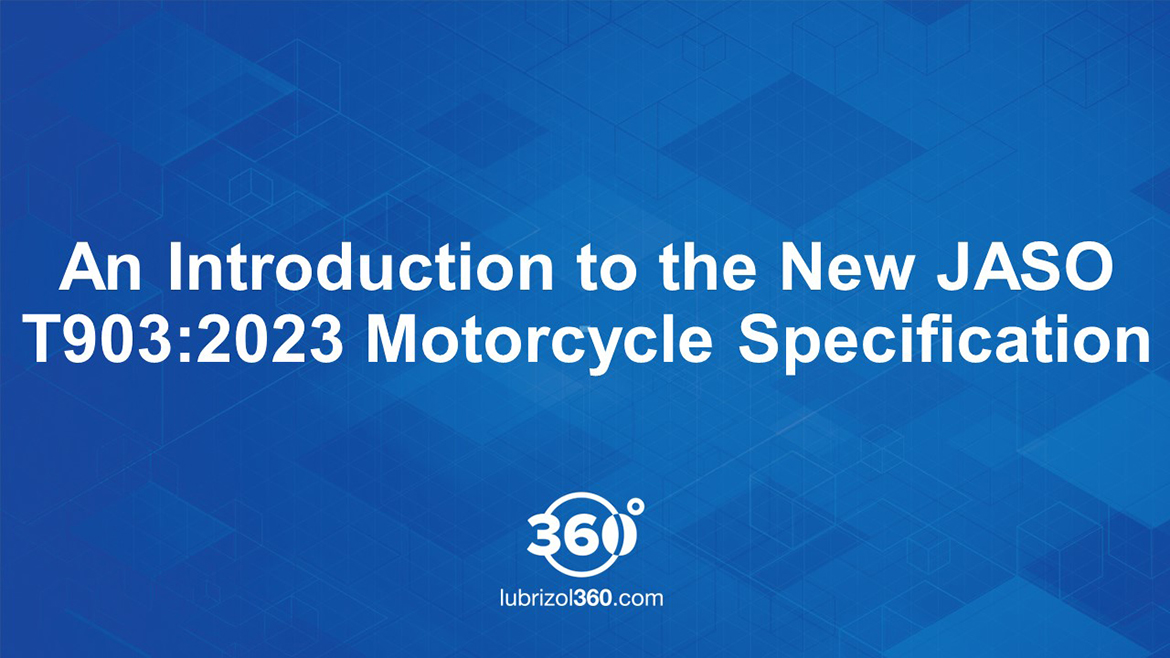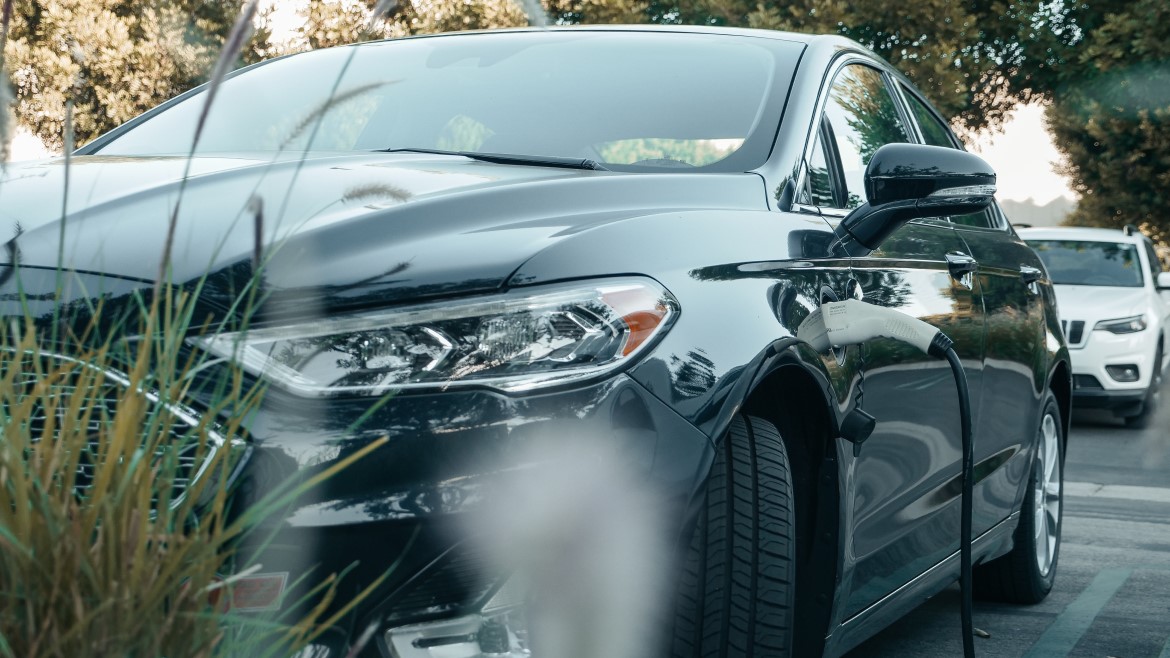Any new engine oil formulation introduced after December 1st 2017 that claims performance against an ACEA Oil Sequence must do so according to ACEA 2016.
Existing formulations can continue to make claims against the ACEA 2012 Oil Sequences for a further year; after which ACEA 2012 will be withdrawn and all claims must follow ACEA 2016.
For light-duty vehicles, ACEA 2016 beings the introduction of a new oil sequence, ACEA C5. These oils are formulated at a mid-SAPS level and are intended for use as catalyst compatible oils which impart improved fuel economy. It is expected that ACEA C5 will become the baseline requirement for the next generation of OEM specifications as OEMs look to further reduce CO2 emissions. As a result of this, Lubrizol forecasts that the majority of ACEA C5 engine oils will be formulated as SAE 0W-20 and lighter with a minimum HTHS viscosity of 2.6cP.
As the market for aftertreatment system compatible ACEA “C” oils continues to grow ensuring the correct performance claims, and combination of claims, are made continues to be essential. Earlier this year ATIEL (The Technical Association of the European Lubricants Industry) ran a training session (opens in new windoow) outlining how to make correct and valid performance claims, and published tables showing the possible combinations of ACEA claims that can be made. Both of these documents are available through the ATIEL website and provide excellent background for formulators and marketers developing lubricants that meet the ACEA Oil Sequences.
As ATIEL broadens its oil sampling and monitoring activity outside of Europe. Ensuring the correct claims are made on lubricants will increase in importance.
Lubrizol can provide guidance and advice on the performance claims that can be made and to help you ensure you are ready for ACEA 2016. Contact your Lubrizol account manager for more information.








